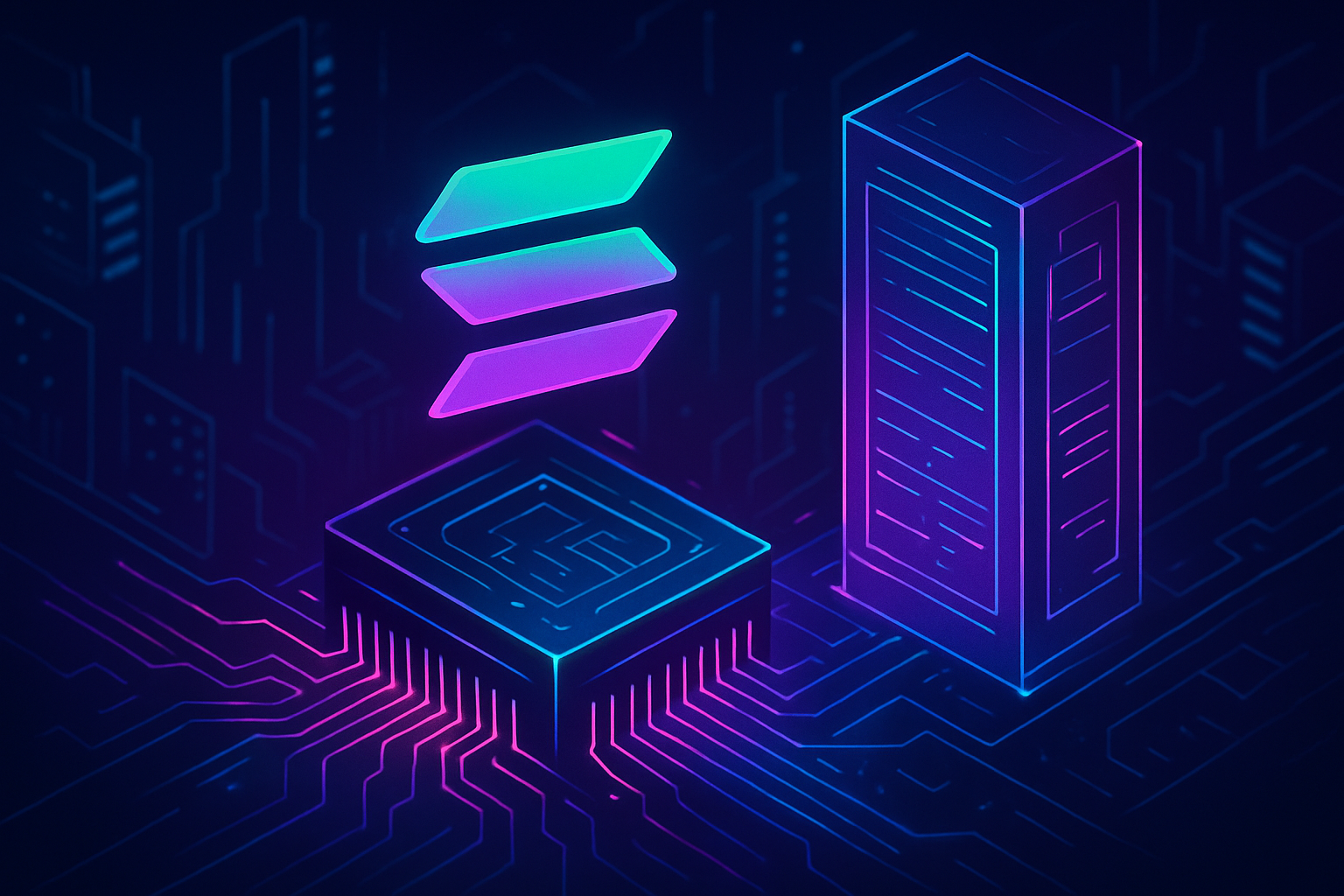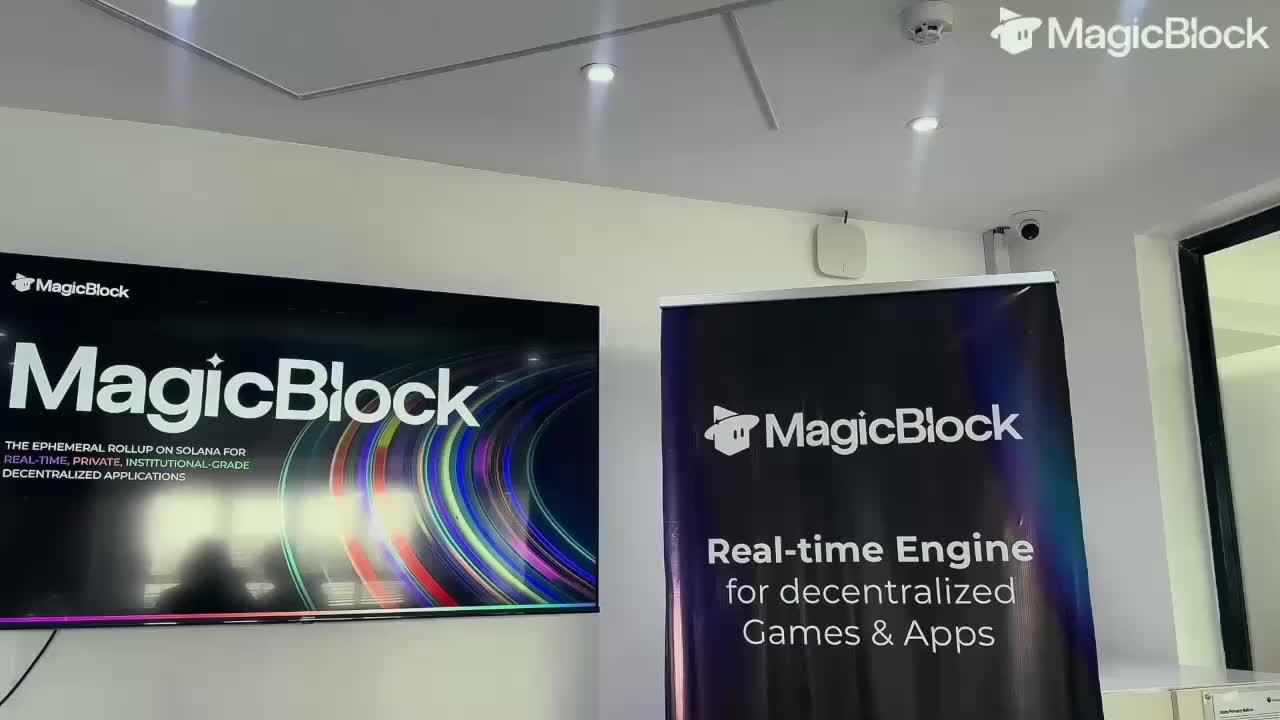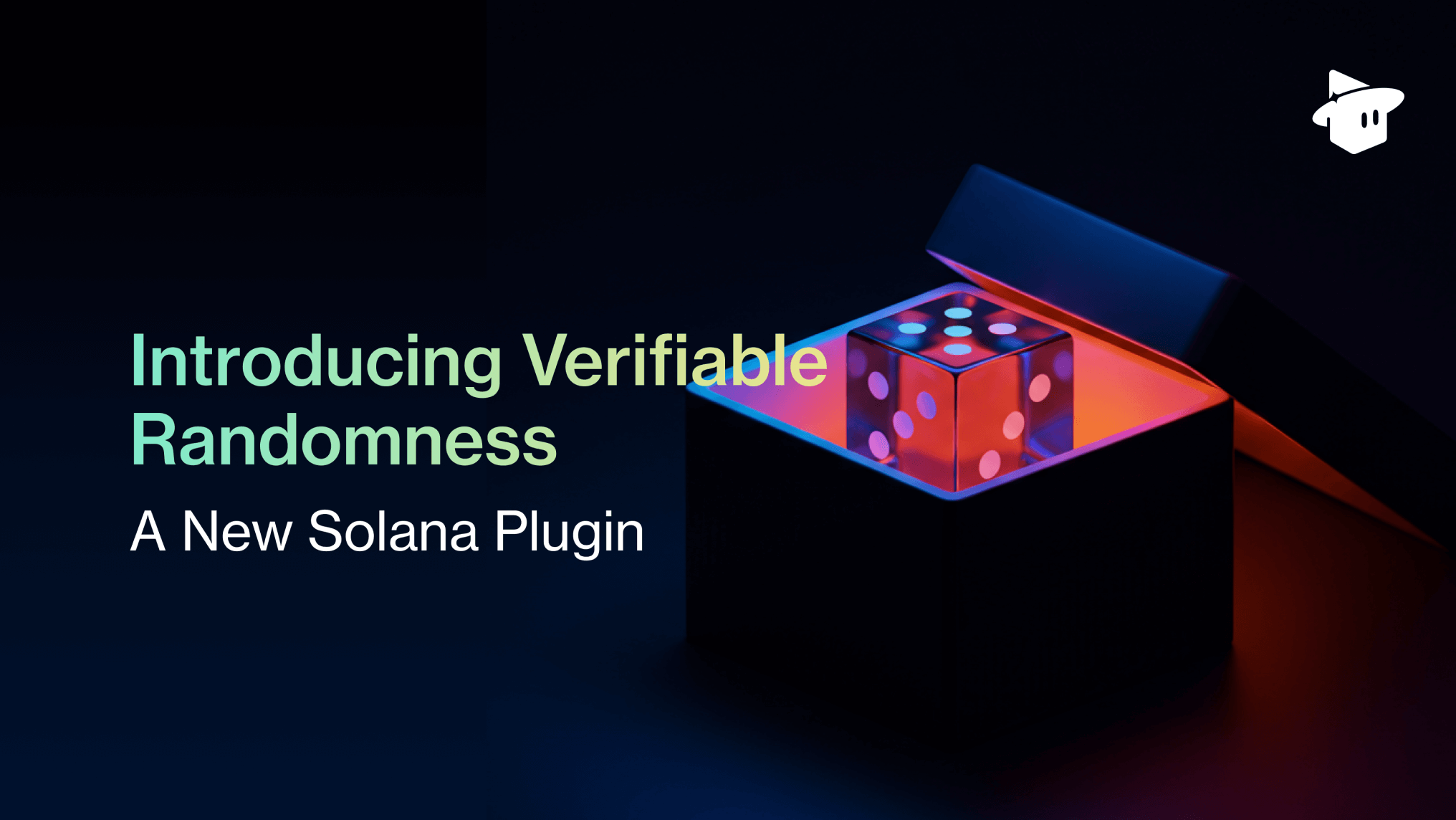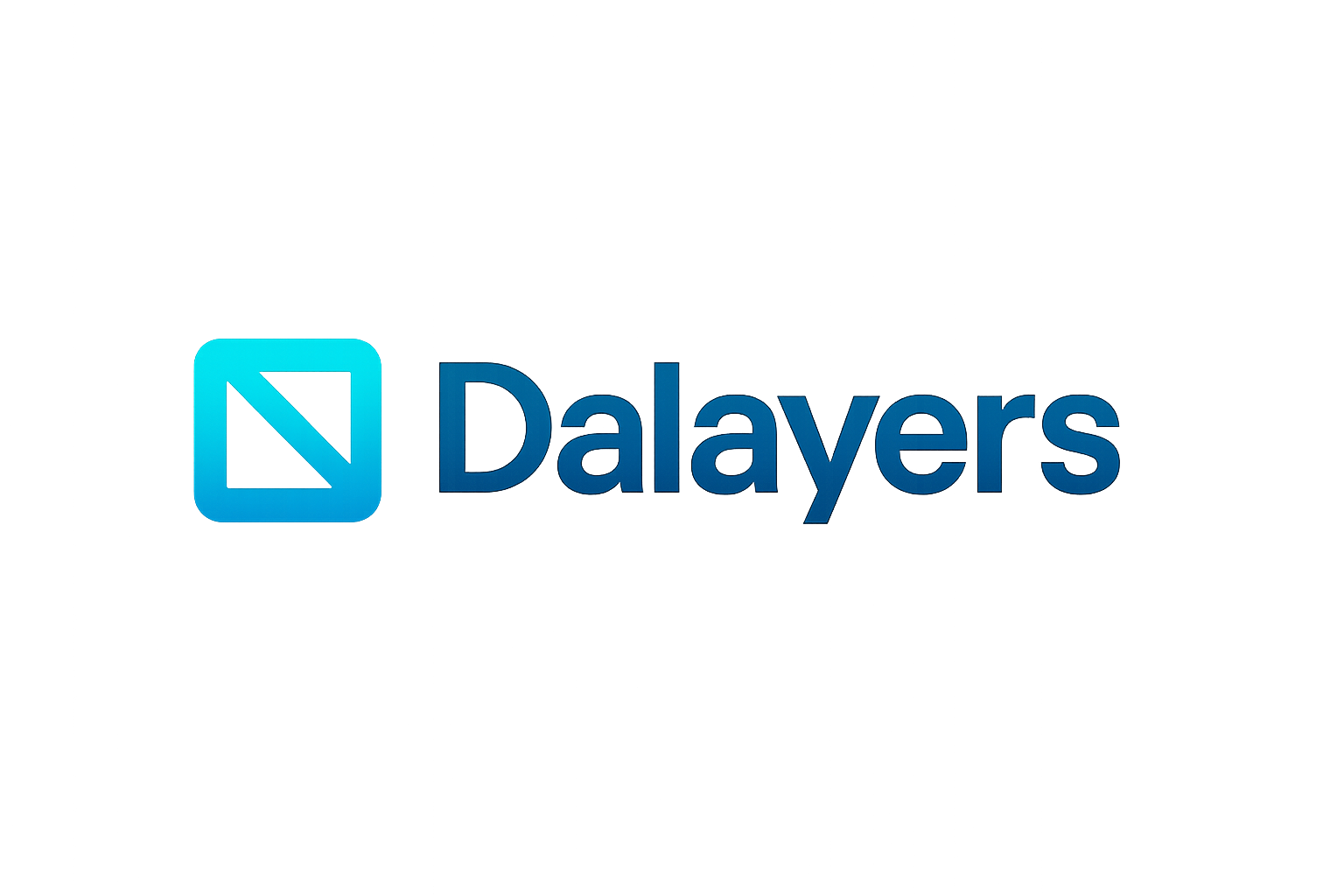
Solana’s relentless pursuit of ultra-fast, cost-effective blockchain infrastructure is entering a new era with the rise of ephemeral rollups. As modular blockchain scalability becomes the industry’s north star, these Solana-anchored rollups are emerging as a breakthrough solution, especially for applications that demand elastic execution and seamless composability. With SOL currently trading at $210.39, up $2.21 in the last 24 hours, the ecosystem is abuzz with excitement about how ephemeral rollups could future-proof both DeFi and gaming on Solana’s already high-performance network.

What Are Ephemeral Rollups? The Elastic Layer for Modular Blockchain Scalability
Ephemeral rollups are not your typical layer-2s. Instead of existing as persistent chains or requiring bridges and separate tokens, these temporary execution environments are spun up on-demand, process transactions at lightning speed, then commit their final state back to Solana’s base layer before disappearing. This model sidesteps the state fragmentation and trust assumptions that often plague traditional scaling approaches.
The magic lies in leveraging the Solana Virtual Machine (SVM). By launching isolated SVM instances off-chain, ephemeral rollups achieve end-to-end latencies as low as 10 milliseconds, a game-changer for latency-sensitive dApps such as real-time games or high-frequency DeFi protocols. As detailed by MagicBlock, this approach preserves Solana’s core strengths: composability and liquidity remain intact, with no fragmentation or need to bridge assets.
Why Ephemeral Rollups Matter: Redefining Scalability Without Fragmentation
The modular blockchain landscape is littered with tradeoffs, throughput versus security, speed versus decentralization. Ephemeral rollups offer a fresh paradigm by enabling:
- On-demand scalability: Instantly spin up new execution environments to handle surges in transaction volume without clogging the main chain.
- Customizable runtimes: Developers can tailor each ephemeral rollup for specific use cases, think gasless transactions for gaming or ultra-fast block times for DeFi auctions (see MagicBlock docs).
- No bridges, no new tokens: Full access to Solana’s liquidity and native asset composability means developers avoid UX headaches and security risks tied to cross-chain bridges.
- Resource efficiency: Since ephemeral rollups only exist temporarily, they don’t burden long-term network resources or introduce state bloat.
This makes them particularly attractive for sectors like on-chain gaming, where real-time responsiveness is non-negotiable, and modular DeFi scaling solutions that need to handle unpredictable spikes in demand.
The Impact on Gaming and Real-Time Applications: A New Playground for Developers
No sector stands to benefit more from ephemeral rollups than blockchain gaming. As outlined in research from arXiv (Ephemeral Rollups are All you Need), games built using SVM-powered ephemeral rollups can deliver frictionless experiences without compromising trust or fragmenting user assets. Projects like MagicBlock are already live-testing this vision by powering high-performance game engines directly atop Solana’s infrastructure (source).
This isn’t limited to games, any application requiring rapid-fire transactions (think decentralized exchanges during volatile periods) can harness elastic blockchain execution via ephemeral rollup environments. The result? Apps that feel as snappy as their Web2 counterparts but retain all the benefits of decentralized architecture.
Developers are already exploring creative runtime configurations, such as integrating gasless UX for onboarding mainstream users or fine-tuning block intervals to match the tempo of interactive on-chain games. This flexibility has sparked a surge of experimental dApps, many of which would have been impractical on monolithic or even traditional modular chains. By sidestepping the overhead of persistent L2s and asset bridges, Solana’s ephemeral rollups are unlocking an entirely new design space for both consumer-facing and infrastructure projects.
Top Solana dApps & Games Leveraging Ephemeral Rollups
-

MagicBlock: MagicBlock is pioneering the use of ephemeral rollups on Solana, providing dedicated, high-performance execution environments for on-chain games and complex dApps. Their platform enables developers to launch scalable, composable games without state fragmentation or the need for new tokens.
-

Grass: Grass, a browser-based DePIN (Decentralized Physical Infrastructure Network) project, utilizes ephemeral rollups to manage large-scale, real-time data transactions. This approach allows Grass to offer seamless, low-latency user experiences while maintaining full compatibility with Solana’s liquidity and composability.
-

FOC (Fully On-Chain) Games: Several FOC games on Solana are now leveraging ephemeral rollups to achieve ultra-low latency (as low as 10ms) and on-demand scalability. By integrating with the Solana Virtual Machine (SVM) via ephemeral rollups, these games can deliver real-time, interactive experiences without sacrificing security or decentralization.
-

MagicBlock SDK: The MagicBlock SDK empowers developers to build and deploy dApps and games that natively leverage ephemeral rollups. With features like customizable runtimes, gasless transactions, and integrated scheduling, the SDK is catalyzing the next generation of scalable Solana applications.
From a user perspective, the experience is seamless. There’s no need to manage separate wallets, swap tokens, or worry about fragmented liquidity. Everything remains anchored to Solana’s base layer, preserving the network’s composability – a core value proposition that sets Solana apart in the modular blockchain race. For developers and studios pushing the limits of what’s possible in blockchain gaming or DeFi, this means faster time-to-market and fewer architectural tradeoffs.
Solana Anchored Rollups: The Data Availability Advantage
Data availability (DA) is central to modular blockchain scalability. Ephemeral rollups on Solana inherit robust DA guarantees from the main chain, ensuring that transaction data is always accessible for verification and dispute resolution. This approach eliminates state fragmentation while maintaining high throughput – a rare combination in today’s scaling landscape.
Moreover, by committing final states back to Solana after each ephemeral session, these rollups maintain strong security assumptions without introducing additional trust layers or centralized sequencers. It’s a model that aligns with the ethos of permissionless innovation while delivering real-world performance benefits.
Current SOL Price Reflects Market Confidence
With SOL trading at $210.39, market sentiment appears to be factoring in both current adoption and future potential of technologies like ephemeral rollups. This price level underscores growing confidence in Solana as not just a fast base layer but as a fertile ground for next-gen modular solutions that can handle mainstream-scale applications.
As more projects begin to leverage ephemeral rollup frameworks – especially those targeting demanding sectors like gaming, DeFi auctions, and real-time social apps – we’ll likely see further innovation around data availability strategies and runtime customization. The ability to elastically scale execution without fragmenting liquidity or composability could become a defining feature of Solana’s ecosystem going forward.
Looking Ahead: The Roadmap for Elastic Blockchain Execution
The arrival of ephemeral rollups signals an important inflection point for both the Solana ecosystem and the broader conversation around modular blockchain scalability. By combining on-demand execution with native data availability guarantees and seamless user experience, these solutions are poised to set new standards across Web3 verticals.
For those building at the frontier – whether you’re developing high-frequency DeFi protocols or immersive multiplayer games – understanding how ephemeral rollups operate within Solana’s architecture will be key to unlocking their full potential. Keep an eye on ongoing research (MagicBlock blog) and community-driven experimentation as this technology matures.






